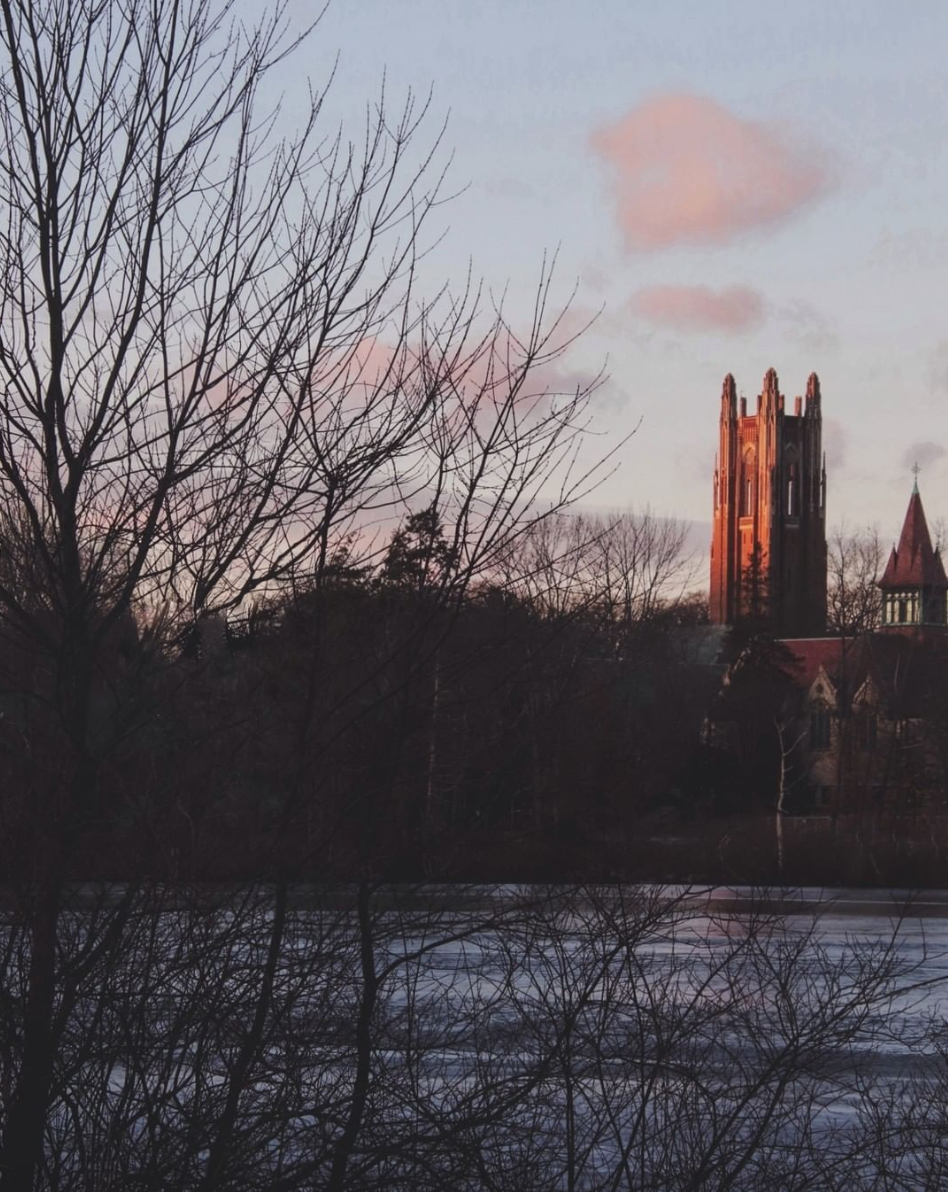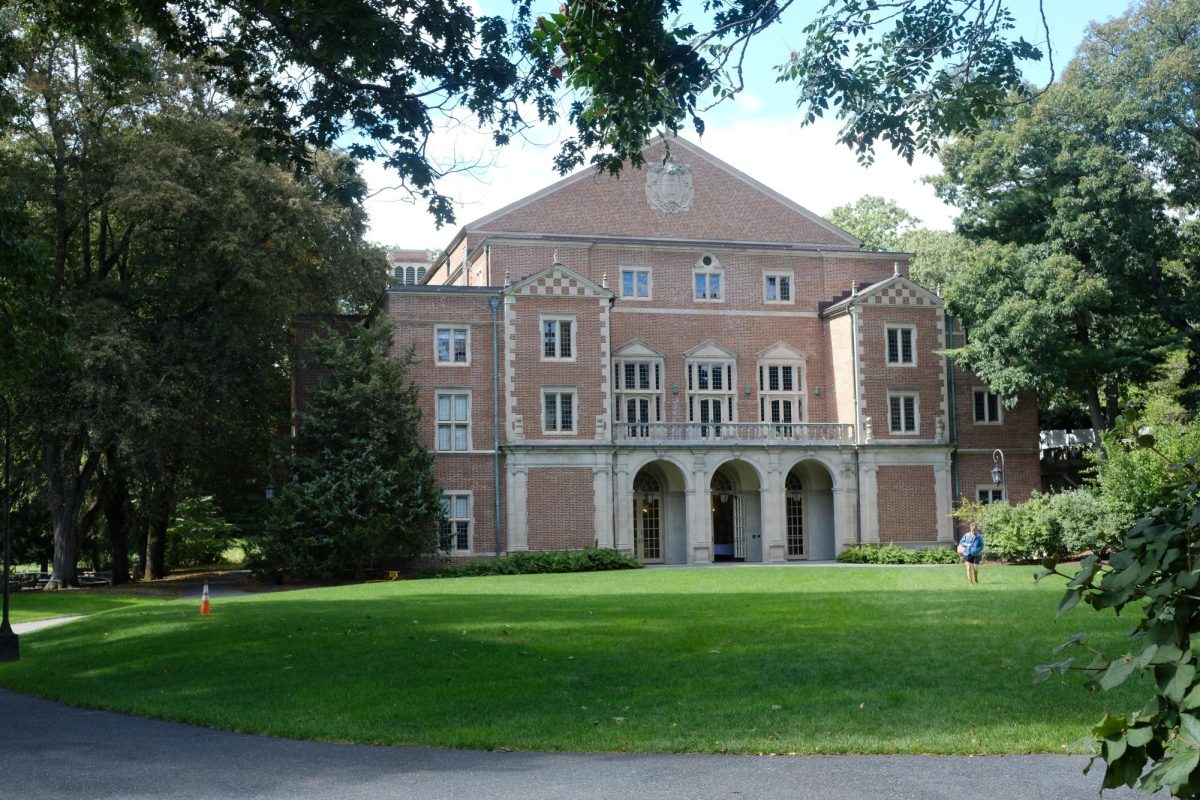A recent report from USA Today ranked Wellesley 17th out of the 25 most diverse schools in the country, and among the top three in Massachusetts. According to the article, which used data from the U.S. Department of Education, the chance of two randomly selected students being of a different race, ethnicity or citizenship is 78.4 percent at Wellesley. The likelihood at the highest ranking school, New York Institute of Technology, is 83.2 percent, while the nationwide average is 69.6 percent.
Compared to other small liberal arts colleges, Wellesley’s student body is relatively racially and ethnically diverse: 42 percent of students identify as white, 23.9 percent as Asian, 14.5 percent as Hispanic, 7.2 percent as black and 7 percent as multi-racial, as reported by USA Today.
“The real-ness of diversity and inclusion” is number four on the Wellesley 100. The College cites that students hail from 87 countries and that 17 percent of the class are first generation college students. According to the website, “Our commitment to a diverse, inclusive community is very real.”
However, students have pointed out that there is a difference between diversity in numbers and inclusion on campus.
“It seems as though the people who ranked Wellesley number 17 in the nation saw that a sizable percentage of the students at Wellesley are POCs and left it at that, without checking if POCs are actually adequately supported on this campus,” president of the Native American Student Association Kisha James ’21 said, noting the lack of support for Native American students on campus.
While president of the Wellesley College Association for South Asian Cultures (WASAC) Isha Gupta ’20 acknowledged the racial and cultural diversity on campus, she added that the institution’s legacy centers around “powerful, mostly white, women.”
Both Gupta and James called on the College to increase its support of cultural student organizations, which foster diversity and educate members of the community, either financially or through more active support.
“Wellesley could do some work on increasing [resources] and making sure that people from different backgrounds are comfortable interacting with each other,” Gupta said.
Dean of Admissions and Financial Aid Joy St. John stated the office doesn’t normally comment on external rankings, given that they often reflect “the priorities and values of the group or agency determining the criteria used to establish the rankings.” Still, Dean St. John applauded Wellesley’s effort to recruit and enroll a diverse student population.
“I can say that it is always the Admission Office’s goal to achieve Wellesley’s institutional objective of enrolling a talented and diverse student population in order to best fulfill the College’s educational mission,” Dean St. John said.
The College is currently aiming to increase diversity in the student population as part of its five-year strategic plan, according to the Wellesley College website.






